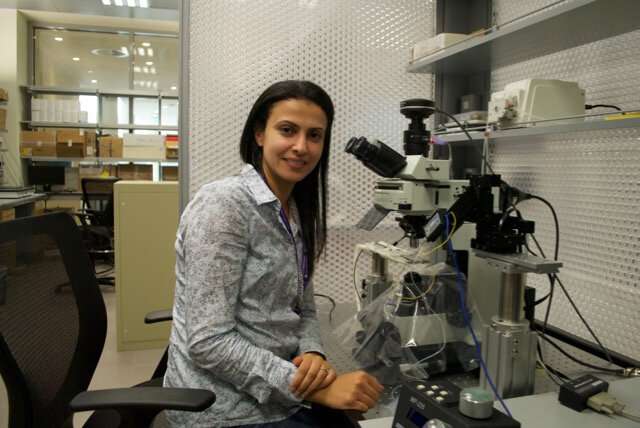
New research from NYU Abu Dhabi’s Laboratory of Neural Systems and Behavior for the first time used an animal model to demonstrate how abnormal sleep architecture can be a predictor of stress vulnerability. These important findings have the potential to inform the development of sleep tests that can help identify who may be susceptible—or resilient—to future stress.
In the study, Abnormal Sleep Signals Vulnerability to Chronic Social Defeat Stress, which appears in the journal Frontiers in Neuroscience, NYUAD Assistant Professor of Biology Dipesh Chaudhury and Research Associate Basma Radwan describe their development of a mouse model to detect how disruptions in Non-rapid Eye Movement (NREM) sleep result in increased vulnerability to future stress.
The researchers assessed the sleep characteristics of both stress-susceptible and stress-resilient mice before and after experiencing chronic social defeat (CSD) stress. The social behavior of the mice post-stress was classified in two main phenotypes: those susceptible to stress that displayed social avoidance and those that were resilient to stress. Pre-CSD, mice susceptible to stress displayed increased fragmentation of Non-Rapid Eye Movement (NREM) sleep due to increased switching between NREM and wake and shorter average duration of NREM bouts, relative to mice resilient to stress. Their analysis showed that the pre-CSD sleep features from both phenotypes of mice allowed prediction of susceptibility to stress with more than 80 percent accuracy. Post-CSD, susceptible mice maintained high NREM fragmentation during the light and dark phase while resilient mice exhibited high NREM fragmentation only in the dark.
The findings demonstrate that mice that become susceptible to CSD stress exhibit pre-existing abnormal sleep/wake characteristics prior to stress exposure. In addition, subsequent exposure to stress further impairs sleep and the homeostatic response.
Source: Read Full Article
